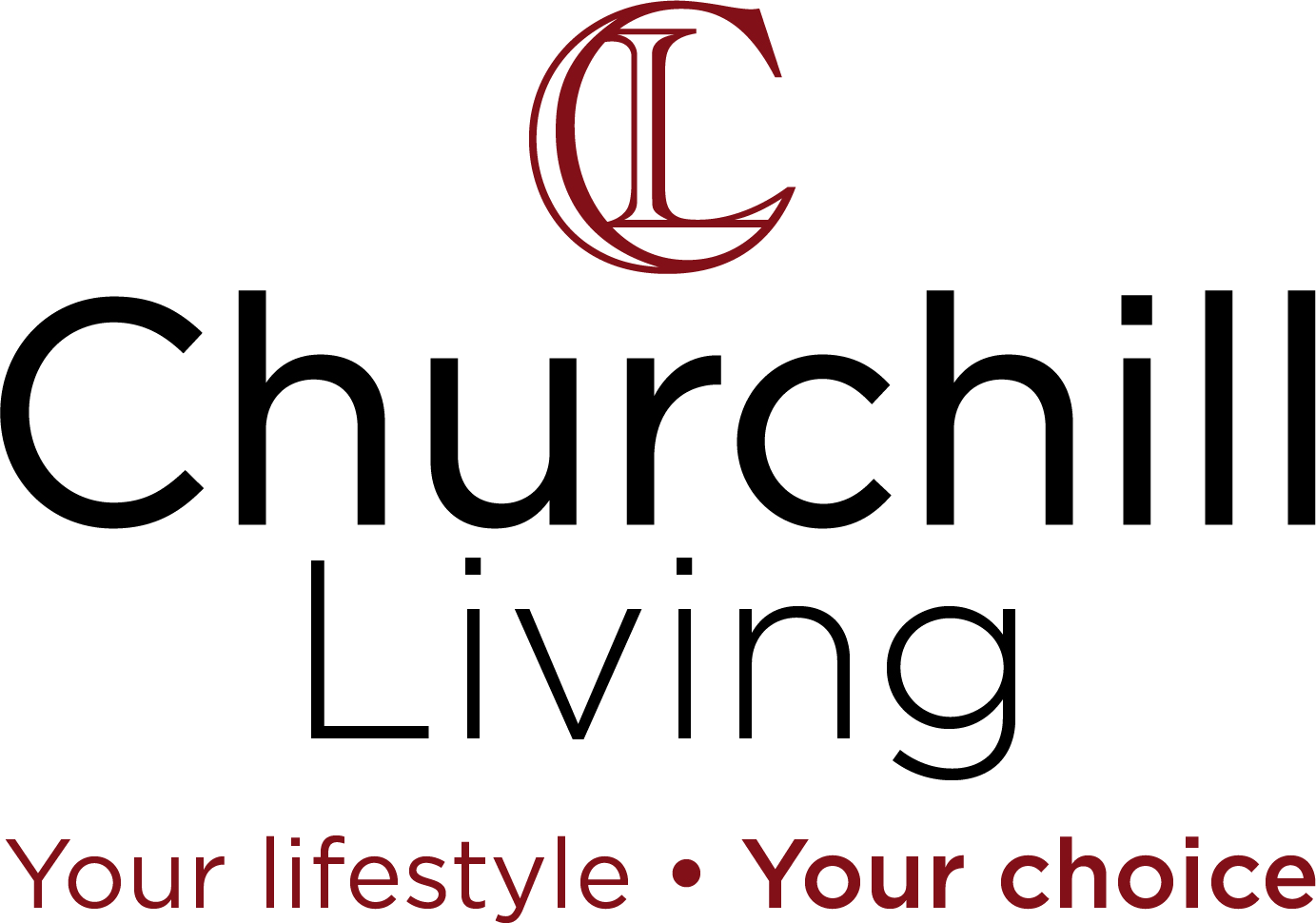In his Autumn Statement, the Chancellor George Osborne announced changes to the Stamp Duty tax which are due to come into effect on April 1st 2016.
In his Budget 2016 announcement today, Mr Osborne confirmed these proposed changes that are to affect second home buyers and buy to let investors in England, Wales and Northern Ireland. So what are the changes and what will they mean for you?
What is the Stamp Duty surcharge?
In a nutshell, the Government is imposing a 3% tax on existing Stamp Duty rates for second homes. This applies to any properties that are being bought in addition to an existing home, whether or not you are living in it.
The 3% is applicable to all properties, so those valued at £0-£125,000 that were previously ineligible for Stamp Duty will now pay the 3%. The percentage is then added onto whatever Stamp Duty is paid on higher value properties. For example, if the standard rate is currently 5%, under the new law, it will be 8% paid upon completion. See the table below for a clearer breakdown of the charges and how they’re changing.
Who is affected?
This new tax will apply to anyone purchasing a property that fits the government’s criteria of a second home. If you are buying an investment property that you plan to let out to tenants, you will have to pay the Stamp Duty surcharge. Similarly, if you’re planning to buy a holiday home somewhere, the same rules will apply.
What has come as a bit of a blow to some people is that if you’re planning to help your children get on the property ladder, it will now come at a steeper price. If you take out a joint mortgage with your children, you’ll find that lenders usually ask parents to put their name on the title deeds as well. This means that they are, in effect, purchasing a second home and so will be caught by the higher rate of Stamp Duty.
What or who is exempt?
There are a few exceptions to this Stamp Duty surcharge – but not a lot. If you’re buying a property under £40,000 you won’t have to pay the surcharge – or indeed any Stamp Duty. You will also be exempt if you’re purchasing a houseboat or caravan. Mobile homes are also set to avoid the extra charges.
If you’re a charity or registered social landlord, you’ll continue to be excluded from the Stamp Duty changes, while the government is also allowing companies that own 15 properties or more to be exempt from these additional fees. If you make a bulk purchase of 15 or more properties in one transaction, you may also be able to avoid the Stamp Duty surcharge.
What if your sale is delayed?
There have been some concerns for people who plan on moving house but have yet to find a buyer for their existing property and so, for a short time, will own two homes. The government has made allowances for this and has stated that while you will have to pay the extra Stamp Duty initially, you can get a refund through HMRC if you sell your old property within 18 months.
The new Stamp Duty surcharges kick in from 1st April 2016, so make sure you’ve read up on the process and know if and how you’ll be affected. Keep the table to hand for if you need to quickly check the fees and whether they will apply to you.
